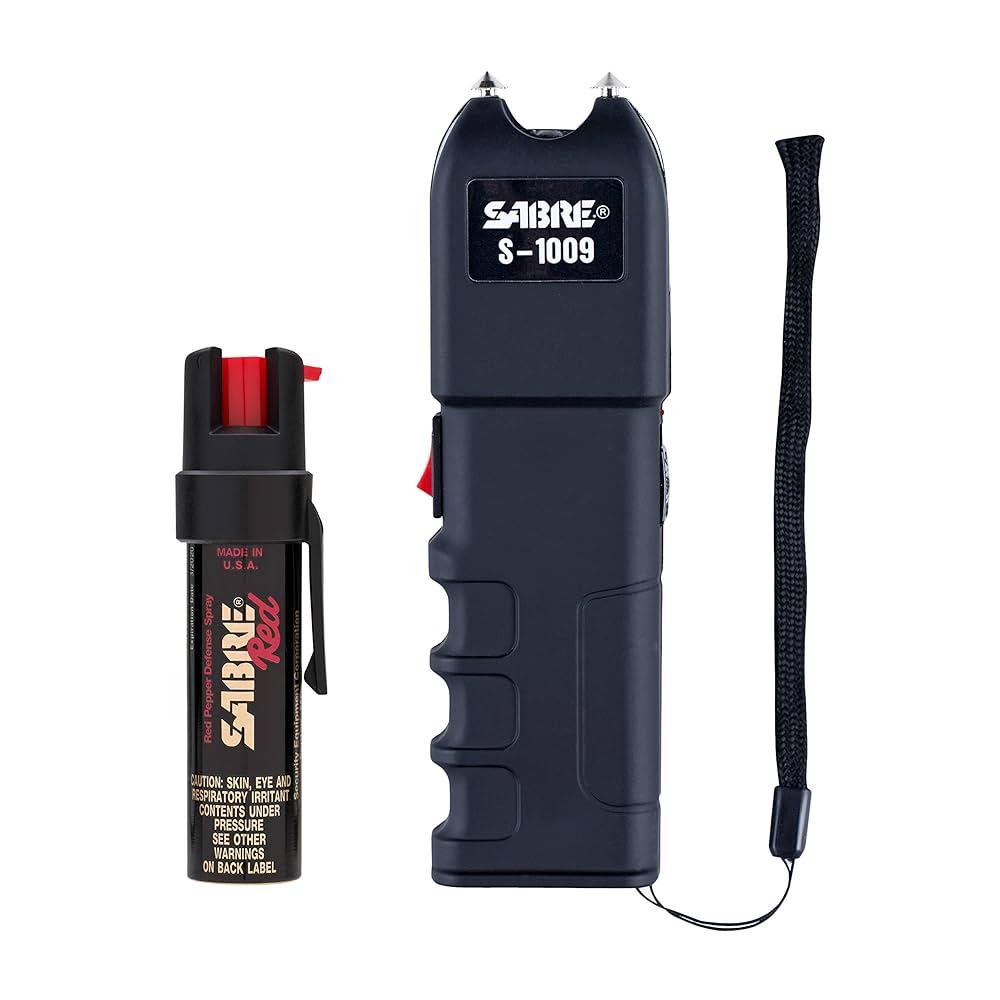Table of Contents
- Effectiveness and Range Comparison of Pepper Spray and Self-Defense Rings
- Legal Considerations and Usage Restrictions for Personal Defense Tools
- Ease of Use and Accessibility in High-Stress Situations
- Choosing the Right Self-Defense Tool Based on Lifestyle and Environment
- In Summary
Effectiveness and Range Comparison of Pepper Spray and Self-Defense Rings
When it comes to personal safety, understanding the effectiveness and range of your chosen self-defense tool is crucial. Pepper spray offers a significant advantage in terms of distance, typically reaching targets between 6 to 12 feet away, which allows you to deter an attacker before they close in. Its capacity to cause immediate irritation to the eyes, skin, and respiratory system makes it an effective option for incapacitating a threat quickly. However, its effectiveness can be influenced by environmental conditions such as wind, rain, or the attacker’s tolerance, which makes accurate aiming and favorable surroundings important considerations.
On the other hand, self-defense rings provide a unique blend of accessibility and impact within arm’s reach. These compact devices amplify the force of your strike, enabling you to deliver precise, concentrated blows that can incapacitate an assailant effectively at close quarters. Their advantages include:
- Always ready: Worn on the finger, they require no additional deployment time.
- Non-reliant on chemicals: Ideal for indoor or sensitive environments.
- Discreet design: They look like regular rings, offering subtle protection.
Legal Considerations and Usage Restrictions for Personal Defense Tools
Before investing in any personal defense tool, it’s crucial to understand the legal landscape surrounding their possession and use. Laws governing pepper spray and self-defense rings vary widely by country, state, and even city. For instance, some jurisdictions allow pepper spray only with a permit, while others prohibit it altogether. Similarly, certain types of self-defense rings-especially those designed with sharp edges or brass knuckles-may be classified as illegal weapons. Failing to comply with these restrictions can lead to serious legal trouble, including fines, confiscation of the item, or criminal charges.
When considering usage, keep in mind these key points:
- Age restrictions: Many places require you to be 18 or older to purchase or carry personal defense devices.
- Permitted scenarios: Defensive tools are often allowed strictly for self-defense, not for offensive purposes.
- Public spaces and transport: Some venues and public transportation systems prohibit carrying these items.
- Training requirements: Certain areas recommend or mandate training on proper and safe use to avoid unintended consequences.
Always research your local regulations and consider consulting legal experts before carrying any defensive gear to ensure you’re protected not just physically, but legally as well.
Ease of Use and Accessibility in High-Stress Situations
When it comes to quick access in moments of extreme stress, the effectiveness of a self-defense tool often depends on how easily it can be deployed. Pepper spray usually comes in compact canisters designed to be handheld or clipped to a belt, allowing for rapid draw and activation with minimal effort. However, users must be mindful of aiming correctly to avoid self-contamination, which can be a challenge if adrenaline is running high. In contrast, self-defense rings are worn as everyday jewelry, offering an intuitive and almost instinctive method of protection. Since the ring is always on the finger, there’s no need to search or fumble, making it particularly useful for those who prefer a discreet option that stays accessible at all times.
Consider these key points that impact usability during an emergency:
- One-handed operation: Self-defense rings require no additional hand use, unlike pepper spray, which may demand a firm grip and steady aim.
- Activation speed: Pepper spray can disable an attacker quickly, but requires precise timing and positioning to be effective.
- Environmental factors: Wind or confined spaces can diminish the spray’s effectiveness, while rings rely purely on physical contact, unaffected by external conditions.
- Training and familiarity: Both tools benefit from prior practice, but the simplicity of gesture-based rings often results in faster, more natural responses under pressure.
Choosing the Right Self-Defense Tool Based on Lifestyle and Environment
Understanding your daily routine and typical environments is crucial when selecting a self-defense tool. For those frequently navigating crowded urban areas or public transportation, compact and easily accessible options are preferable. Pepper spray, for instance, offers quick deployment and a significant range, making it ideal for open spaces. However, it does require a clear line of sight and can be less effective in windy or enclosed areas. On the other hand, self-defense rings provide discreet protection without drawing attention, suitable for crowded or close-contact situations where a spray might be impractical or pose a risk of affecting bystanders.
Consider these factors as well:
- Legal restrictions: Some regions prohibit pepper spray or limit its use, while self-defense rings often have fewer regulations.
- Physical environment: Wind, rain, or confined spaces can impact the effectiveness of spray devices.
- Skill level and accessibility: Tools that can be deployed quickly under stress should align with your comfort and training.
- Daily activities: Active lifestyles or professions requiring hands-free movement might benefit more from subtle options like rings.
In Summary
In the end, choosing between pepper spray and self-defense rings comes down to personal preference, comfort, and the specific situations you might face. Pepper spray offers powerful, long-range deterrence, while self-defense rings provide a discreet, hands-on option that can catch an attacker off guard. Both tools have their strengths and limitations, so it’s crucial to consider your lifestyle, local laws, and training to make an informed decision. Remember, no self-defense tool can replace awareness and preparedness-staying vigilant and confident is your best protection. Stay safe!Check Our Other Blogs
- StunGun – Your Trusted Source for Stun Guns, Laws, and Self-Defense Tips
- PepperSprayLaws – Your Trusted Resource for Pepper Spray Information
- StunGunLaws – Your Trusted Guide to Stun Gun Legality and Safety




